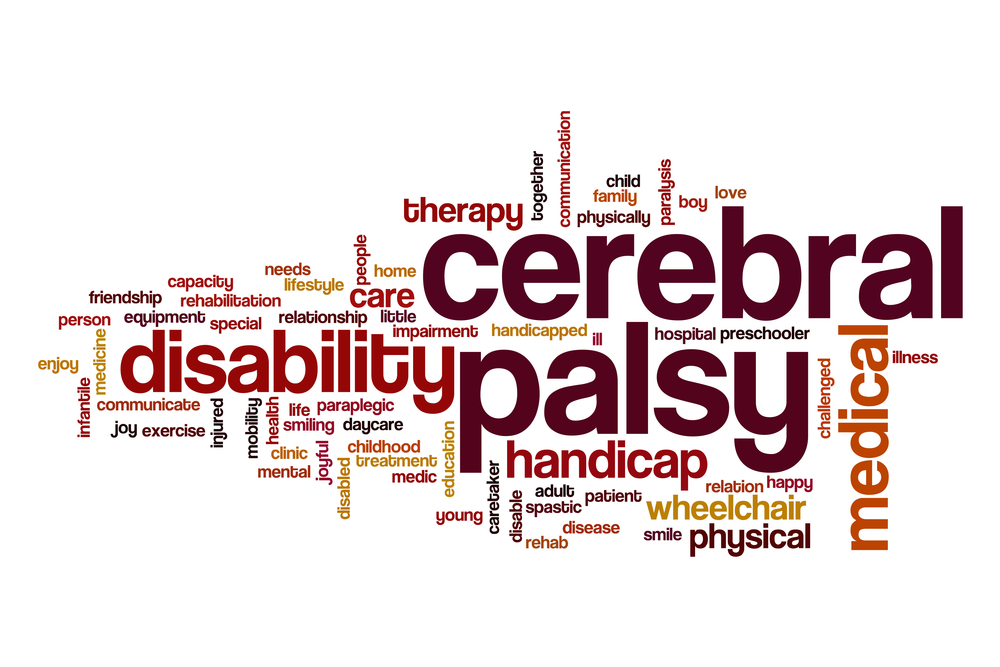In Sweden, Boys More Likely Than Girls to Get Physiotherapeutic Interventions for CP

A new study reports that both gender and geography play roles in whether Swedish children with cerebral palsy (CP) receive needed physiotherapeutic interventions (PTIs).
The study, “Physiotherapeutic interventions and physical activity for children in Northern Sweden with cerebral palsy: a register study from equity and gender perspectives,” appeared in the journal Global Health Action.
Disabled kids are more likely to be in poor health and less likely to participate in society than are health children of the same age. That’s not only due to the disability itself, but because such children often have low sense of control, are not as physically active, and often feel picked on. Interventions such as physiotherapy may alleviate these long-term, unhealthy factors.
In Sweden, CP is the most common disability, though few studies have looked at gender bias and other potential sources of inequity when it comes to getting PTI. In its analysis, a research team mapped out how children with CP received PTIs, physical leisure activity and physical education with respect to sex, age, level of gross motor function and location.
Researchers collected data from the Cerebral Palsy follow-Up Program (CPUP), which included 313 CP children from Sweden’s five northernmost counties born between 1995 and 2013. The program classified motor impairment according to the expanded and revised Gross Motor Function Classification System (GMFCS). Additional variables included botox treatment, surgery, medication for spasticity and the use of orthotics (foot inserts).
Regarding mobility, 58 percent of the children in the study had relatively good gross motor function, while 33 percent had limited mobility and used wheelchairs. Significantly, 89 percent of the boys but only 79 percent of the girls had PTI in the previous assessment period, suggesting that the odds of receiving PTI are higher if one is male. PTI was also independently associated with geographic location. With Gävleborg as the reference county, the odds of receiving PTI were higher in the Swedish counties of Västerbotten, Norrbotten and Jämtland, and higher (though to a lesser degree) in Västernorrland.
Additionally, the frequency of PTI was also higher among boys, and in some districts — but not all — differences in frequency of PTI were also associated with gender or gross motor function.
In total, 57 percent of children participated in sports like swimming, basketball, skiing and archery, though that number declines with age. Boys and girls demonstrated no significant differences here, though males participate in these activities more frequently.
Also, the study found no statistically significant differences between gender or geographic location and other clinical variables collected, such as the use of orthotics or botox treatments.
“Gender and county council affiliation affect the distribution of PTIs for children with CP in the north of Sweden. Physical leisure activity is influenced by age and GMFCS-group, and physical education is influenced by gender.” the team concluded. “Thus, our results point out that the distribution of, access to, and choice of PTIs is not always determined by the needs of the child or the degree of impairment. From a perspective of equity and gender, children with CP need to have the opportunity to receive interventions based on individual needs rather than based on social aspects such as sex or county council/country region.”


